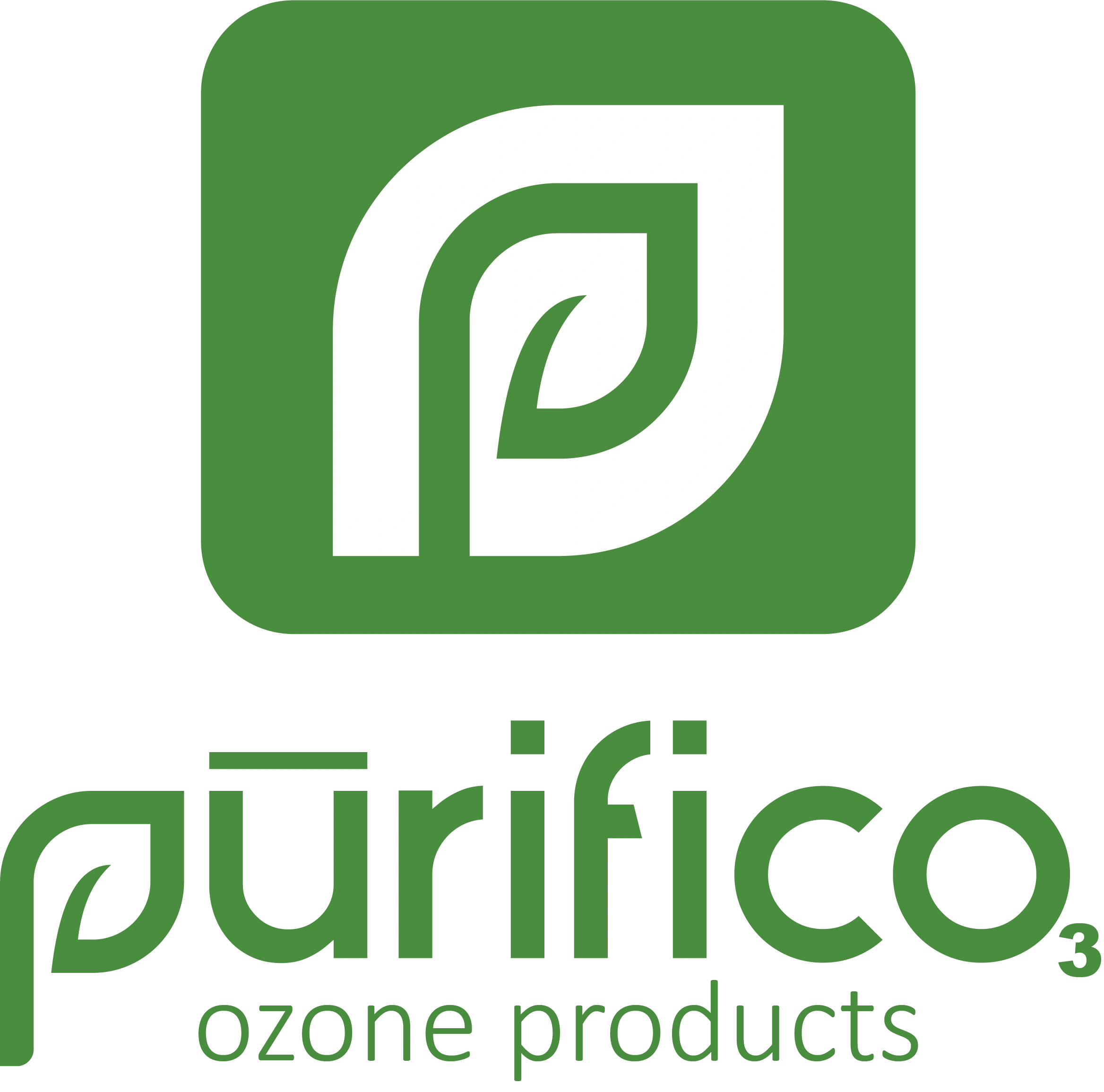Ozone disinfection is a powerful and eco-friendly method of water treatment that significantly reduces the need for chemical usage. Because ozone is oxygen-based, it does not leave behind harmful residues. As industries, municipalities, and agriculture seek more sustainable water management solutions, ozone has emerged as a leading technology.
Here are ten reasons why ozone disinfection effectively reduces chemical usage in water treatment:
1. Superior Oxidative Power
Ozone is one of the most potent oxidizing agents available, with an oxidation potential of 2.07 volts. This high oxidative power enables ozone to break down a wide range of contaminants, including organic matter, microorganisms, and various pollutants, more effectively than traditional disinfectants like chlorine or chloramine.
By leveraging ozone’s strong oxidative capabilities, commercial water treatment processes can achieve the same or better levels of disinfection and with significantly lower chemical usage.
2. No Harmful Residues
One of the standout benefits of ozone is that it decomposes into oxygen, leaving no harmful residues behind. This contrasts sharply with other disinfectants such as chlorine, which can leave behind harmful by-products like chlorides that are toxic to plants and aquatic life.
By avoiding residual buildup, ozone makes water safer for reuse in agricultural, aquaculture, and industrial applications, reducing the need for additional chemicals to manage these by-products.
3. Effective Against a Wide Range of Pathogens
Ozone’s broad-spectrum efficacy allows it to kill a wide array of pathogens, including bacteria, viruses, fungi, and protozoa. Its ability to disrupt the cellular structure of microorganisms through oxidation means that it can tackle even the toughest waterborne pathogens that may resist other treatments. This reduces the need for multiple chemical disinfectants, as ozone alone can provide comprehensive pathogen control in almost every case.
4. Enhanced Water Clarity and Quality
Ozone treatment improves water clarity by breaking down organic matter and other pollutants, which in turn enhances the overall quality of the water. For industries like aquaculture and bottled water production, where water clarity and quality are critical, ozone helps achieve superior results without relying on additional chemicals for clarity improvement.
5. Reduces Chemical Dosage Requirements
Due to its strong oxidizing power, ozone requires lower dosages compared to other disinfectants to achieve the same level of microbial kill. For instance, to inactivate viruses, ozone requires CT (concentration × time) values significantly lower than chlorine dioxide or chloramine. In addition, ozone reacts much more quickly than traditional disinfectants, meaning that a more thorough disinfection can be achieved especially in high-flow situations.
This efficiency means less chemical input is needed overall, which directly translates to cost savings and reduced environmental impact.
6. On-Site Generation Minimizes Chemical Handling and Storage
Ozone is generated on-site using corona discharge or UV light methods, eliminating the need for transporting, storing, or handling hazardous chemicals. This not only enhances safety but also reduces the environmental footprint associated with chemical production and transportation. On-site generation ensures that only the required amount of ozone is produced, further minimizing excess use of resources.
7. Compatible with Automated Control Systems
Purifico Ozone’s Modern ozone systems can be seamlessly integrated with automated control systems that adjust ozone dosage based on real-time water quality parameters such as ORP (Oxidation-Reduction Potential) or dissolved ozone concentration.
This precise control ensures optimal ozone levels are maintained, maximizing disinfection efficiency and minimizing unnecessary chemical usage. Purifico’s remote monitoring, control, and alerts help to avoid downtime, avoiding potentially costly downtime. Automated systems reduce human error and adjust to varying water quality conditions, ensuring consistent and effective treatment.
8. Environmentally Friendly
Ozone’s environmental benefits extend beyond its immediate application in water treatment. Since it decomposes into oxygen, it doesn’t contribute to chemical pollution in waterways or atmospherically. This aligns with broader environmental goals of reducing chemical discharge into natural ecosystems, making ozone a preferred choice for sustainable water management practices.
9. Improves Safety and Reduces Compliance Costs
Ozone is recognized by various health and safety regulatory bodies as a safe and effective disinfectant. Its use helps facilities comply with stringent water quality regulations without the complexities and costs associated with managing chemical residues.
By reducing reliance on traditional chemicals, ozone disinfection simplifies regulatory compliance, minimizes the need for costly remediation measures, and lowers overall operational risks.
10. Cost-Effective in the Long Term
Although the initial setup costs for ozone systems may be higher than some traditional chemical treatments, the long-term savings are substantial. Reduced chemical purchases, lower maintenance requirements, and better water quality minimized waste disposal costs all contribute to ozone’s cost-effectiveness.
Over time, these savings can significantly offset the initial investment, making ozone a financially viable option for many water treatment applications.
Conclusion
Ozone disinfection is a highly effective, sustainable, and cost-efficient solution for reducing chemical usage in water treatment. Its ability to provide powerful disinfection without harmful residues, coupled with its operational flexibility and environmental benefits, makes it an ideal choice for various industries.
By integrating ozone technology, facilities can achieve superior water quality while minimizing their reliance on traditional chemical disinfectants, promoting a safer and greener future for water management.


